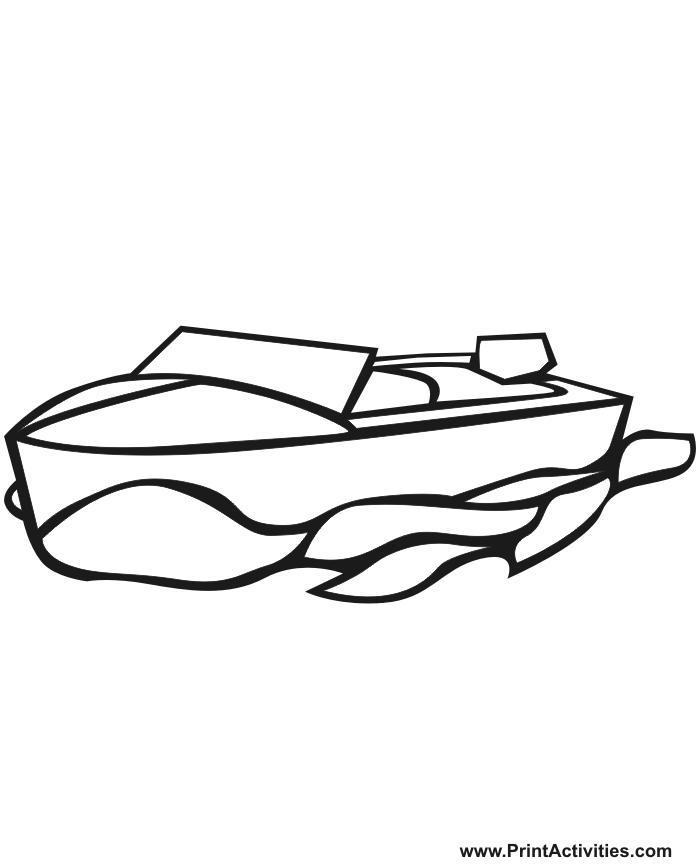Global Volcanism Program
Por um escritor misterioso
Descrição
Volcán Copahue is an elongated composite cone constructed along the Chile-Argentina border within the 6.5 x 8.5 km wide Trapa-Trapa caldera that formed between 0.6 and 0.4 million years ago near the NW margin of the 20 x 15 km Pliocene Caviahue (Del Agrio) caldera. The eastern summit crater, part of a 2-km-long, ENE-WSW line of nine craters, contains a briny, acidic 300-m-wide crater lake (also referred to as El Agrio or Del Agrio) and displays intense fumarolic activity. Acidic hot springs occur below the eastern outlet of the crater lake, contributing to the acidity of the Río Agrio, and another geothermal zone is located within Caviahue caldera about 7 km NE of the summit. Infrequent mild-to-moderate explosive eruptions have been recorded since the 18th century. Twentieth-century eruptions from the crater lake have ejected pyroclastic rocks and chilled liquid sulfur fragments.
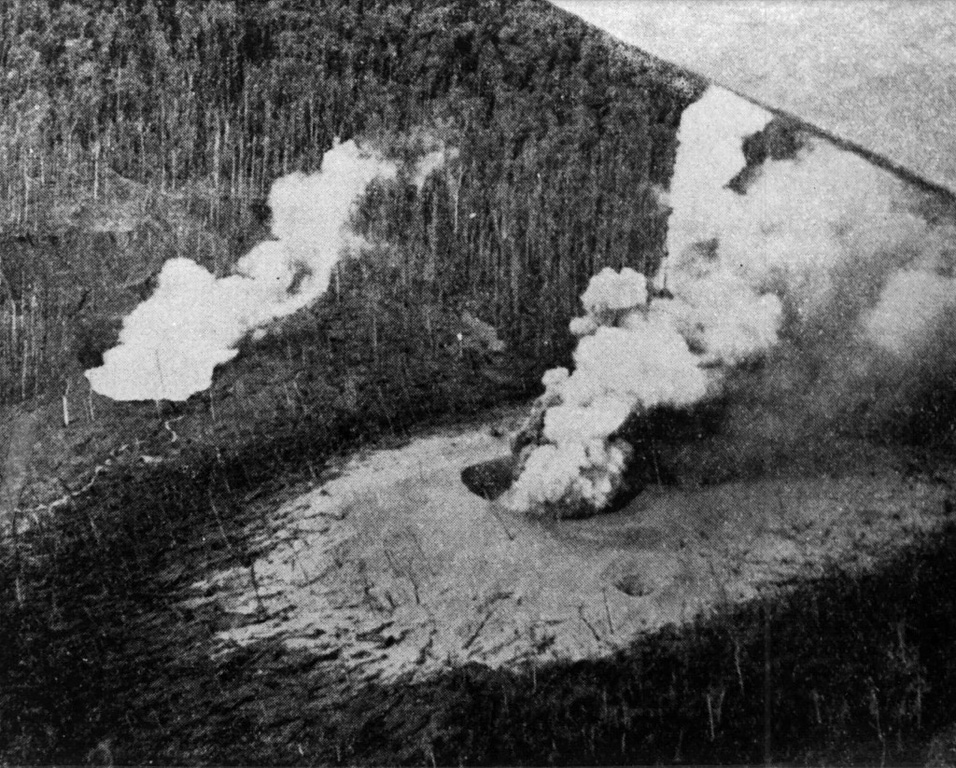
Global Volcanism Program
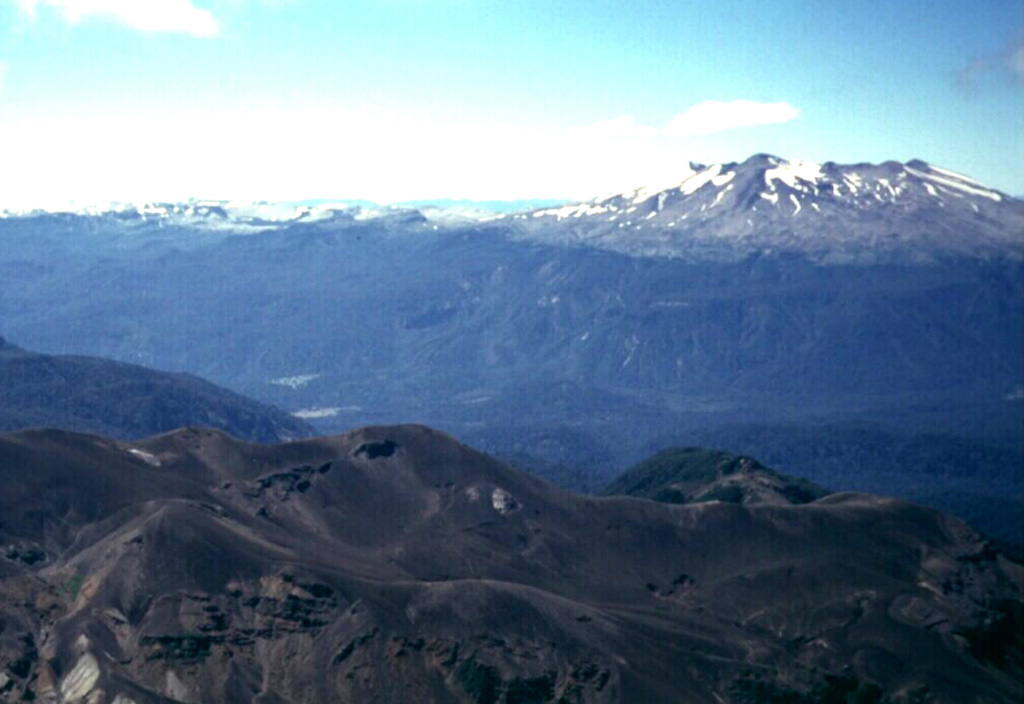
Global Volcanism Program

Global Volcanism Program, West Mata in 2023
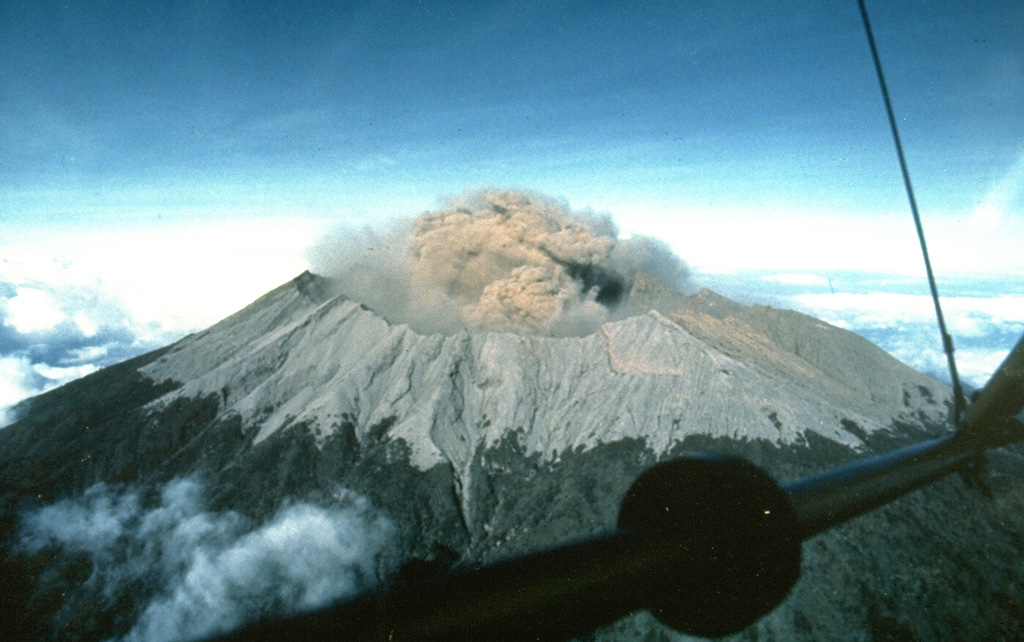
Global Volcanism Program

Number of unique volcanic hazard maps in the database sorted by Global
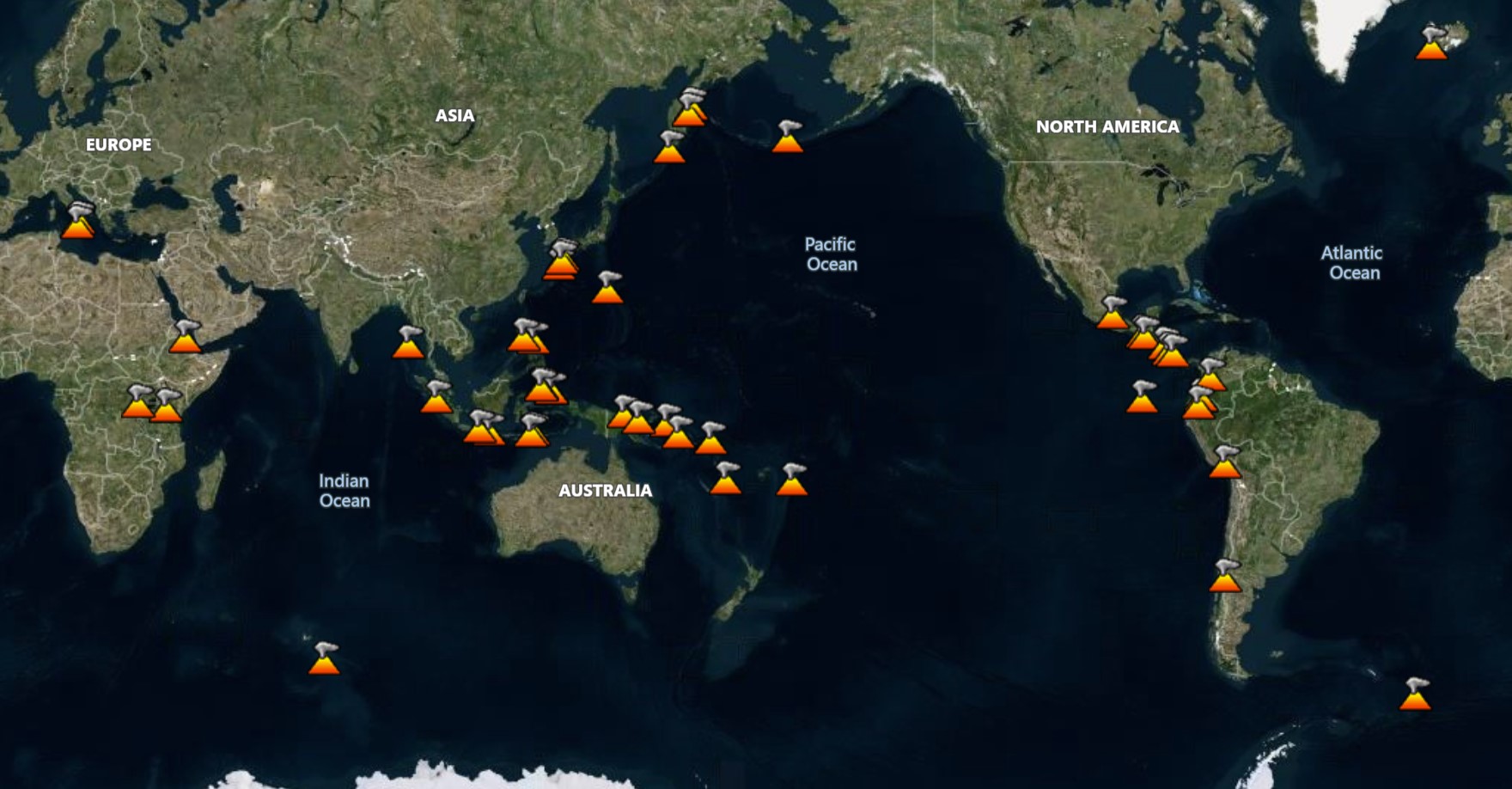
Global Volcanism Program Smithsonian / USGS Weekly Volcanic Activity Report

Global Volcanism Program

Smithsonian Global Volcanism Program - ClimaHealth

Global map indicating volcanic provinces used in this study, and

Global Volcanism Program, Report on Mayon (Philippines) — April 2018 in 2023
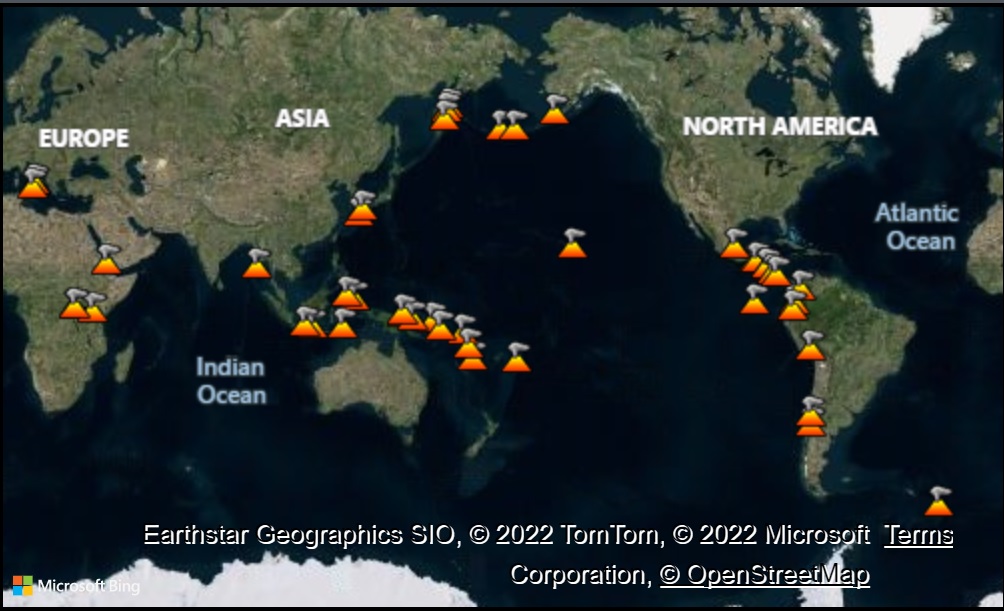
USGS on X: Kilauea has been on the Smithsonian Institution's Global Volcanism Program (GVP) list of erupting volcanoes since September 29, 2021. This edition of Volcano Watch takes a look at other
de
por adulto (o preço varia de acordo com o tamanho do grupo)




